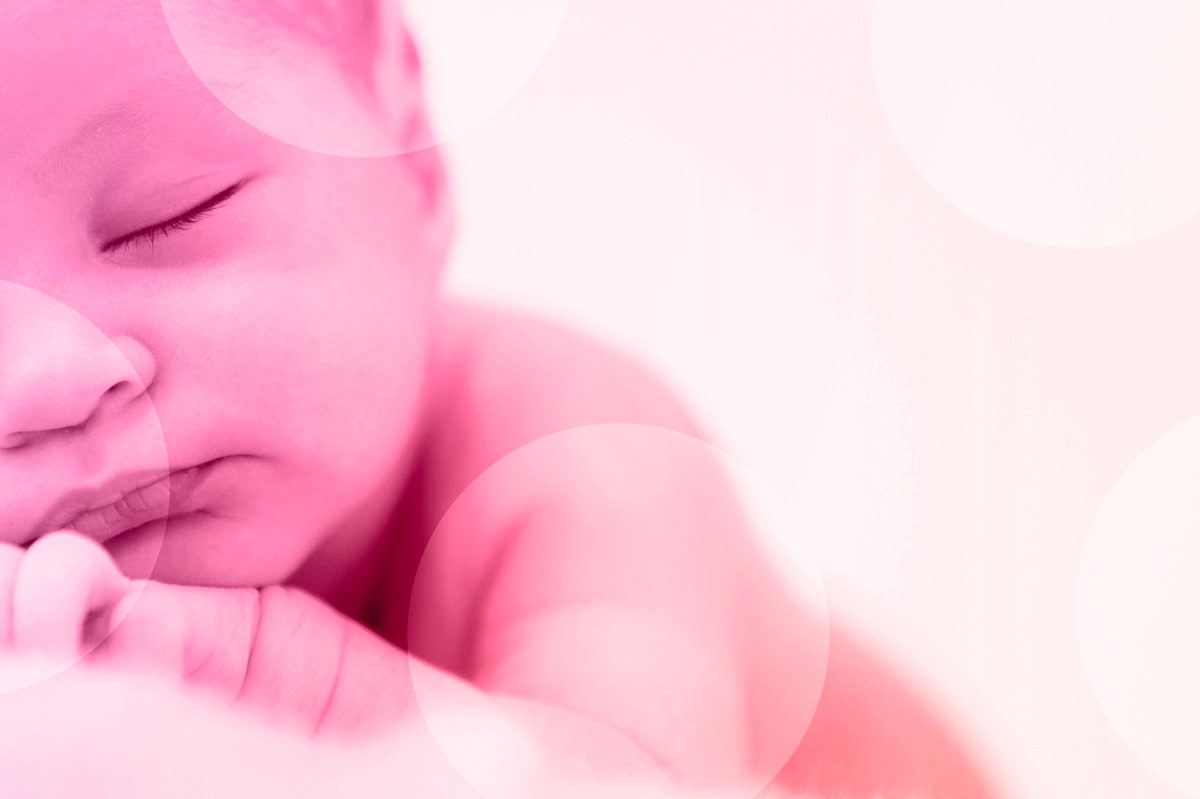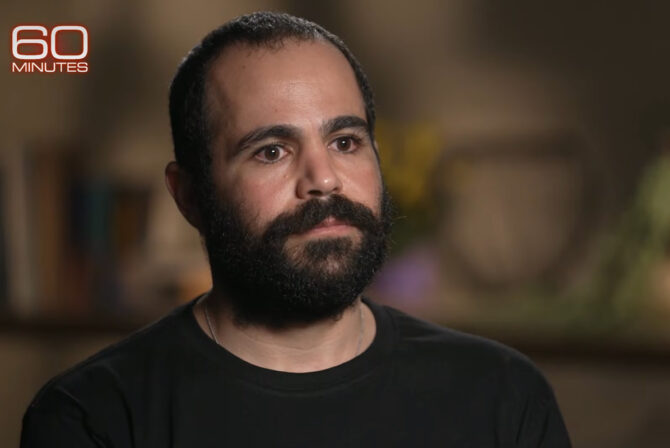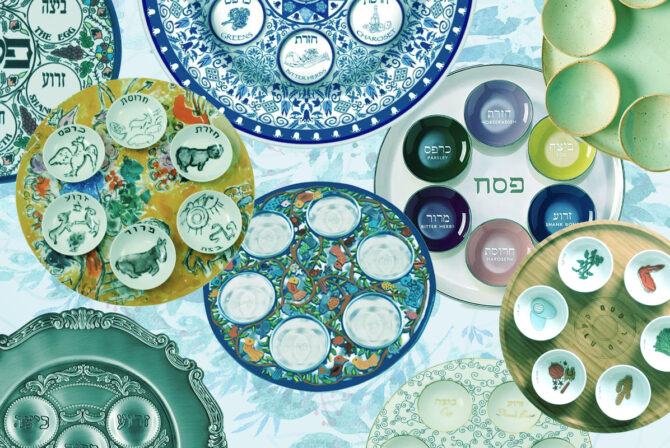Whether you call it a Brit Bat, a Simchat Bat, or something else, here are some key features of ceremonies celebrating the arrival of a new daughter.
• A song. Singing together is a powerful way to create a sense of holy space, to distinguish the time of the ceremony from that which preceded it, and to bring everyone together in fellowship. Someone leads people in a Jewish traditional wordless tune, called a niggun, which is easy for people to join in, or a contemporary Jewish or meaningful secular song.
• An introduction welcoming everyone to the joyous occasion. This is a time to outline what guests should expect and note the presence of honored people in attendance–rabbis, special friends and relatives, and anyone else who has had a notable role in the baby’s first weeks of life.
• Hebrew welcome. The Hebrew words Brucha ha-ba’ah b’shem Adonai–“Welcome in the name of the Creator,” are often recited by the person leading the welcoming ceremony, or by all the assembled guests, to greet the baby as she is carried into the room.
• Blessings of thanksgiving by the baby’s parents. Birkat haGomel, the prayer of thanksgiving for having come through a potentially life-threatening passage, is traditionally said by a woman after childbirth. It is customarily said the first Shabbat that the mother has gone to synagogue after the baby is born, after reciting the blessing over the Torah reading. If she hasn’t done this already, the mother can recite Birkat haGomel at her daughter’s welcome ceremony.
• Prayers and readings related to parenting and the baby recited by the parents.
• A ritual welcoming this new daughter into the Covenant or celebrating her membership in it. This might involve wrapping her in a tallit (prayer shawl), lighting candles, immersing her in a mini-mikveh (a stand-in for a ritual bath), or washing her hands and feet.
• Explanation of the baby’s names, and recitation of formal naming blessings giving her Jewish (Hebrew or Yiddish) names. If relevant, this is a good time for grandparents and aunts and uncles, as well as parents, to speak about the wonderful qualities possessed by the people after whom the baby is being named.
• Presenting gifts to the baby, particularly Jewishly-meaningful ones like a tzedakah box, kiddush cup, or candlesticks–by her parents, older siblings, or beloved relatives.
• Recitation of prayers, poems, and other readings by honored guests.
• Blessings of gratitude from the baby’s parents. The blessing known as shehecheyanu is often recited when an individual or family reaches a new occasion. Some might say this at the moment of their daughter’s birth. The traditional blessing ending with the words hatov v’hameitiv (the One who is good and renders goodness) is said upon hearing good news, or when something wonderful happens to an individual or to the community. Either or both of these, or other closing prayers, are often included at the end of the ceremony.
• Hamotzi, the blessing over bread (usually challah) is usually recited to begin the festive meal that follows the ceremony. Many families dip the challah into honey (a similar custom is followed by many newlyweds during their first year of marriage) to set apart this sweet day.








